Vintage Tribal Kilim Runner 3' 3" x 12' 8" (39" x 152")
Type:
Kilim RugsCollection:
Tribal Runners, ClearanceID:
K0052282Size:
Material:
The designs feature a rich array of symbols representing tribal culture and Anatolian motifs, often in the form of medallions, diamonds, and other geometric shapes.
The designs feature a rich array of symbols representing tribal culture and Anatolian motifs, often in the form of medallions, diamonds, and other geometric shapes. These kilim runners are ideal for hallways and narrow spaces, offering a touch of ethnic charm and artisanal quality to any interior.
Herki kilims not only serve as functional floor coverings but also as artistic expressions of tribal identity, making each rug a unique cultural artifact.
Design Elements
- Geometric Patterns: The vintage tribal kilim runner showcases a series of sharp, zigzagging lines and shapes that create a dynamic sense of movement. These geometric forms represent the interconnectedness of nature and the cosmos in tribal cultures.
- Textural Diversity: The use of varied textures within the flatweave technique adds depth and interest to the design, enhancing the tactile experience of the rug.
- Symmetry and Asymmetry: While the rug displays a predominantly symmetrical layout, the use of asymmetrical patterns lends a lively, organic feel, reflecting the unpredictability of nature.
Colors
- Purples and Lavenders: The dominant purple tones symbolize royalty, power, and spiritual richness. They evoke feelings of tranquility and reflect a deep connection to the earth.
- Contrasting Neutrals: The subtle browns and muted tones complement the vibrant purples, grounding the overall color scheme and adding warmth.
- Cool Accents: The occasional use of cooler shades provides contrast and enhances the visual complexity of the design, representing water and harmony.
Motifs and Symbolism
- Diamond Shapes: Frequently found in tribal designs, these shapes symbolize wealth and prosperity. They are believed to protect the owner and bring good fortune.
- Zigzag Patterns: Representing rivers and roads, these motifs signify the journey of life, resilience, and adaptability.
- Repetitive Designs: The rhythm of the repeating patterns signifies continuity and stability, embodying the cultural heritage and traditions passed through generations.
Summary
The vintage tribal kilim runner combines rich purples, earthy neutrals, and intricate geometric designs to create a striking visual experience. The symbolism behind the motifs reflects themes of prosperity, resilience, and cultural continuity. This rug serves not only as a functional object but also as a meaningful art piece that connects its owner to the rich tapestry of tribal heritage.
- Ships in 1-4 business days
- Only one in stock, handmade, unique
- Free shipping via FedEx Express. Easy returns
- Contact us or add a note to your order if you want us to delay your shipping.
- Request more info if you want this rug shorter or narrower
Colors may appear slightly different across various monitors due to screen settings device differences, and external lighting conditions. If color accuracy is important for your space, we recommend viewing the rug on multiple devices or contacting us for a detailed color description. We can provide detailed photos and references using Sherwin-Williams, Benjamin Moore, Pantone, or even Crayola crayons.
You can also visualize most of our products in your own room with AR (augmented reality) on an iPhone or iPad.
Return Policy
Need a rug pad? We recommend RugPadUSA
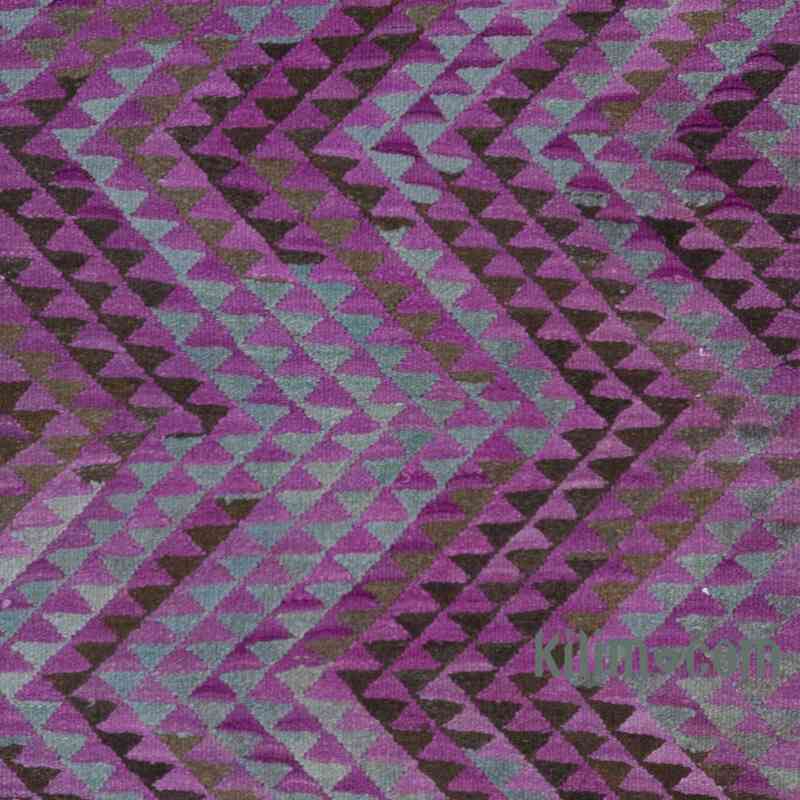
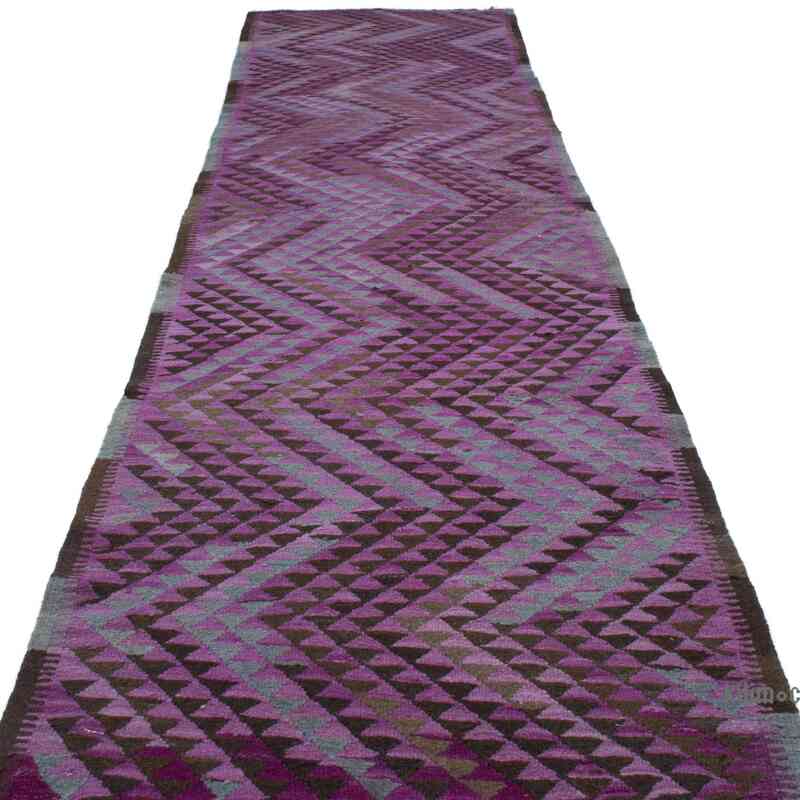
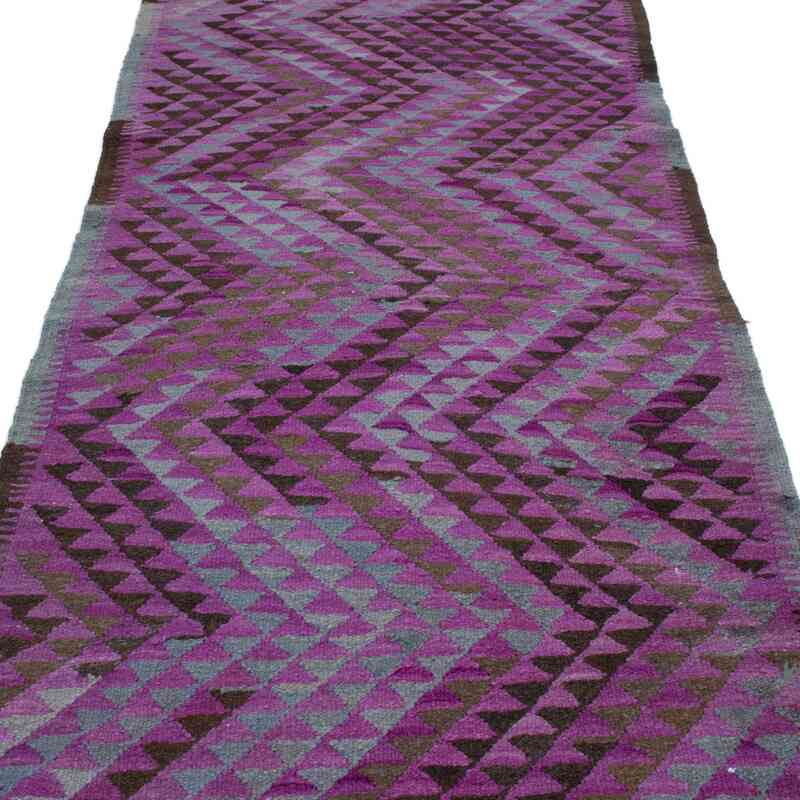
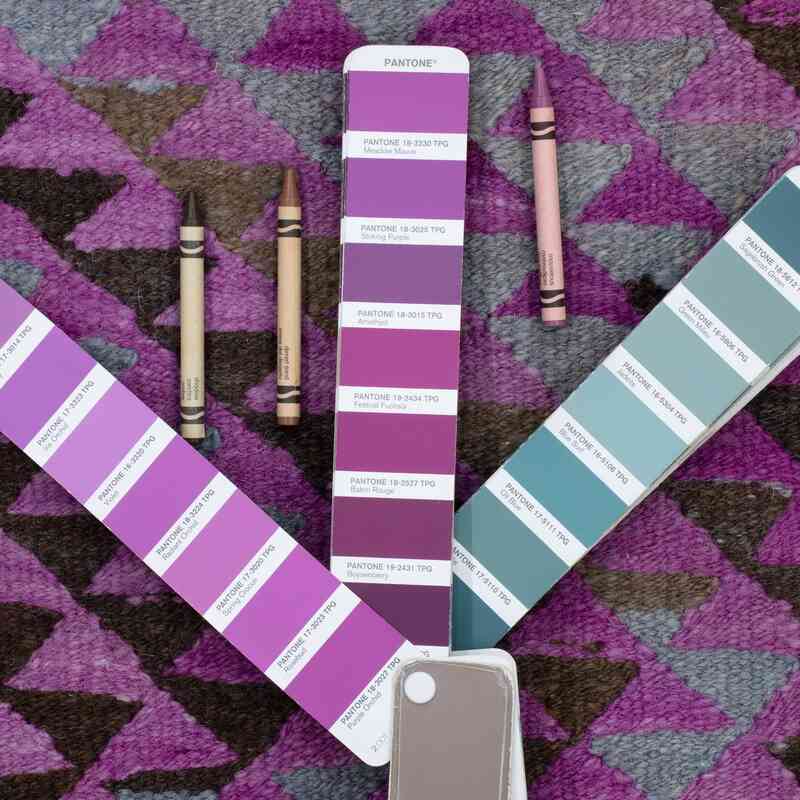
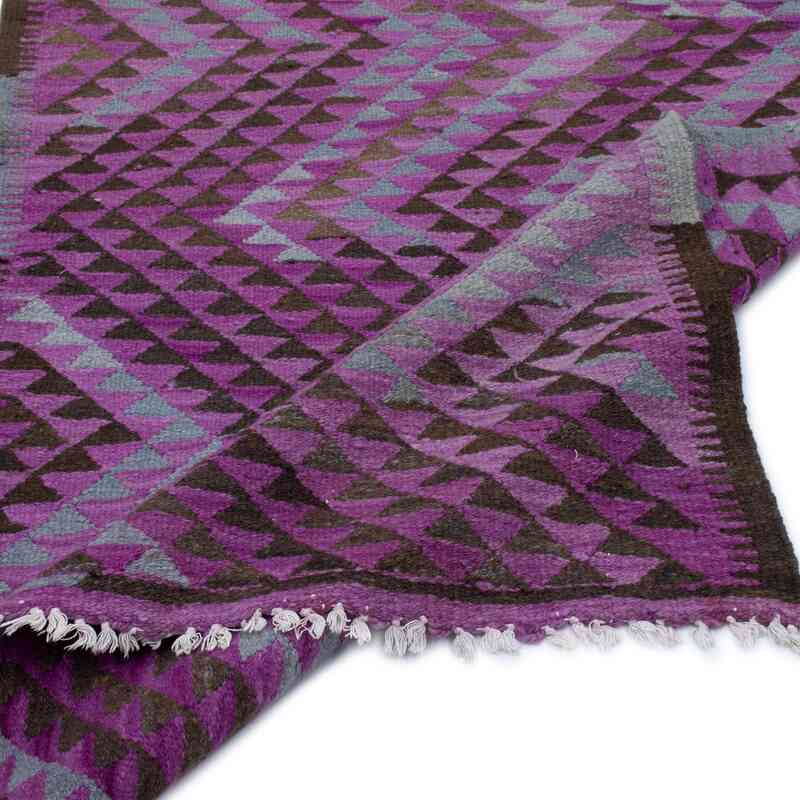
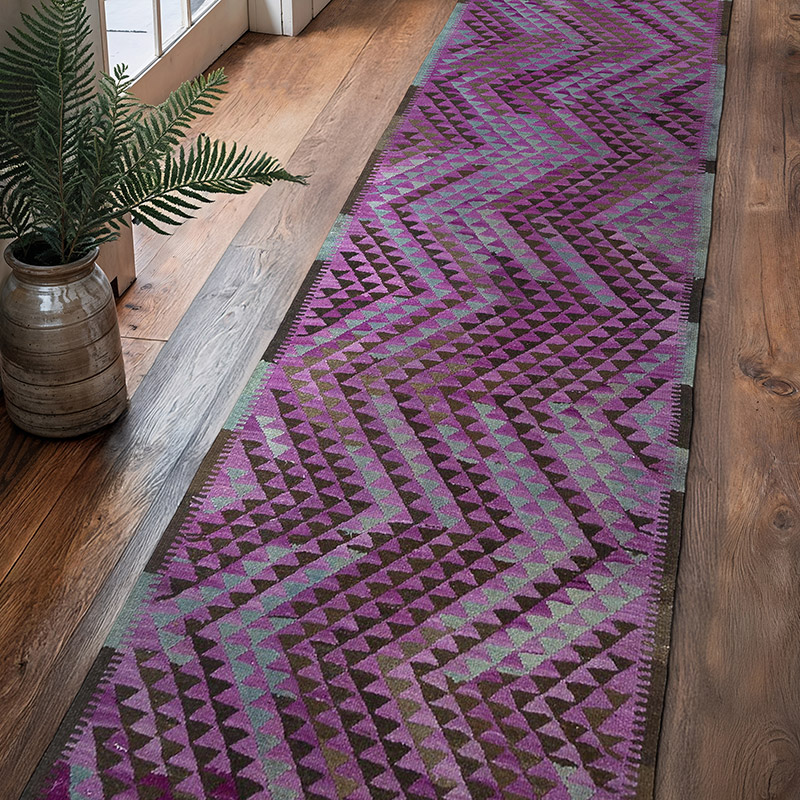


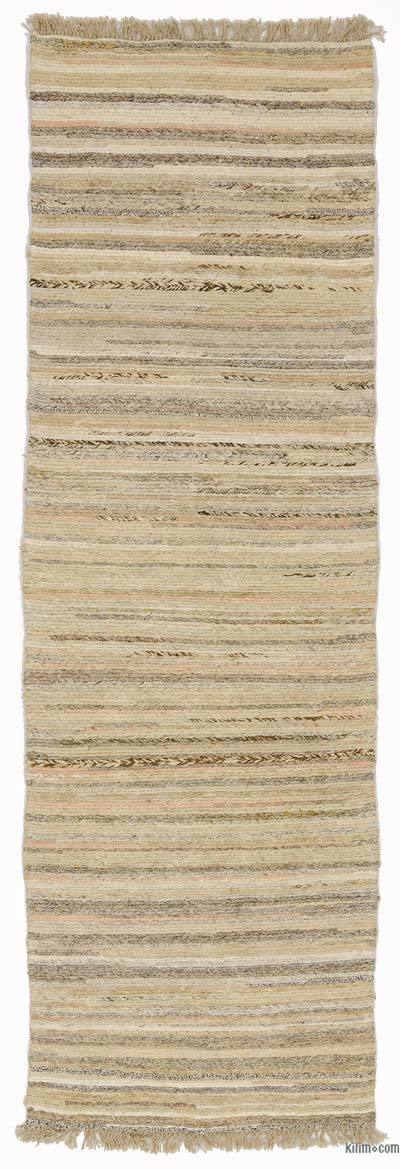

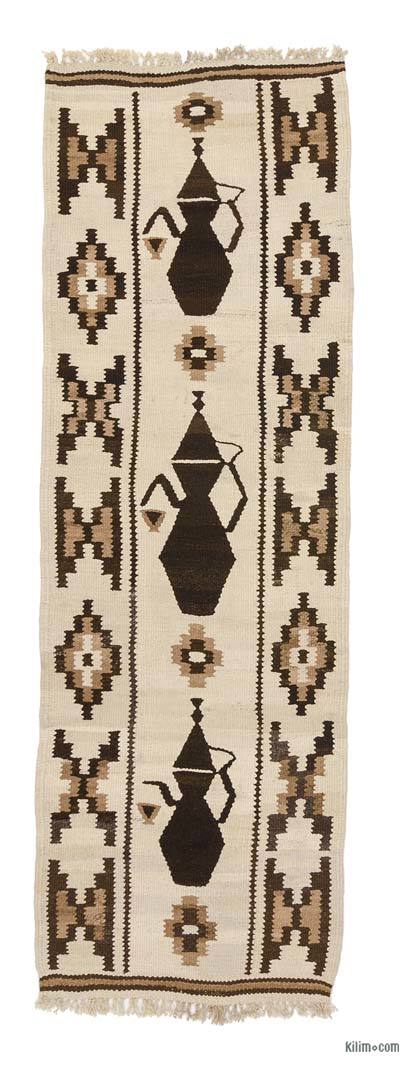
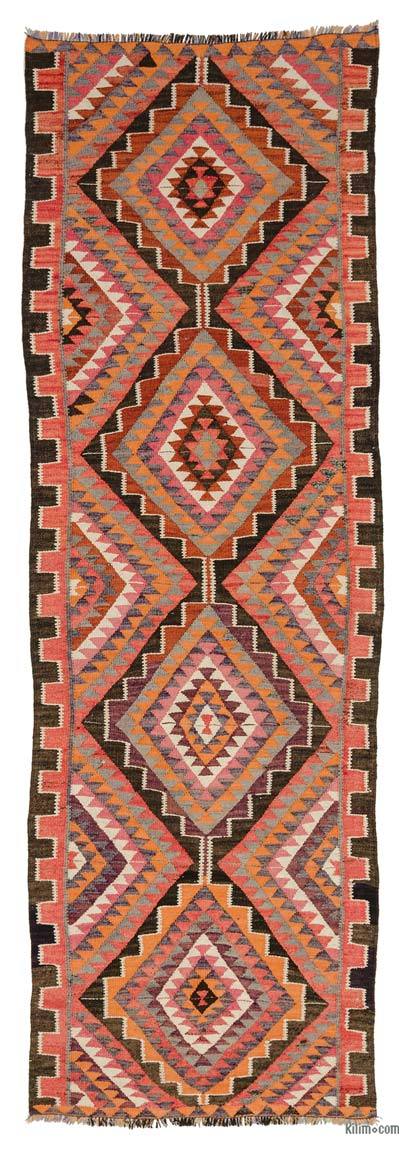

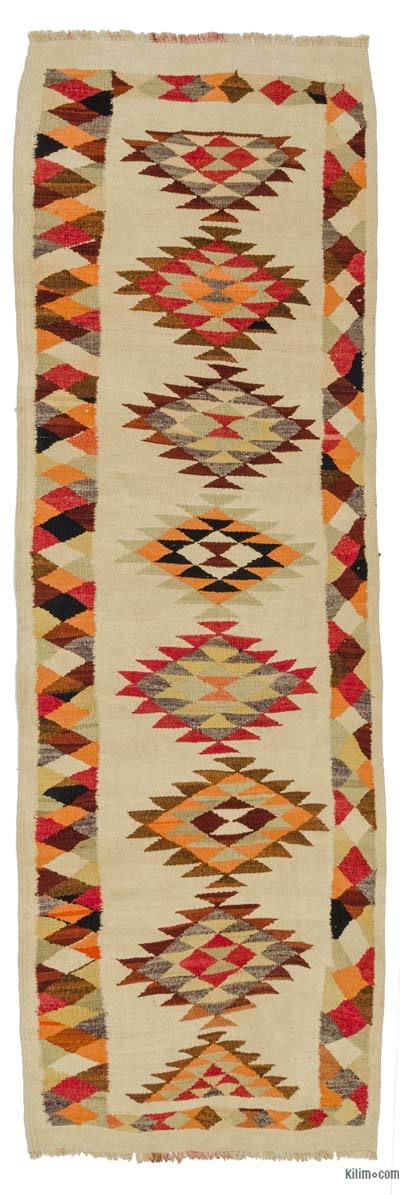

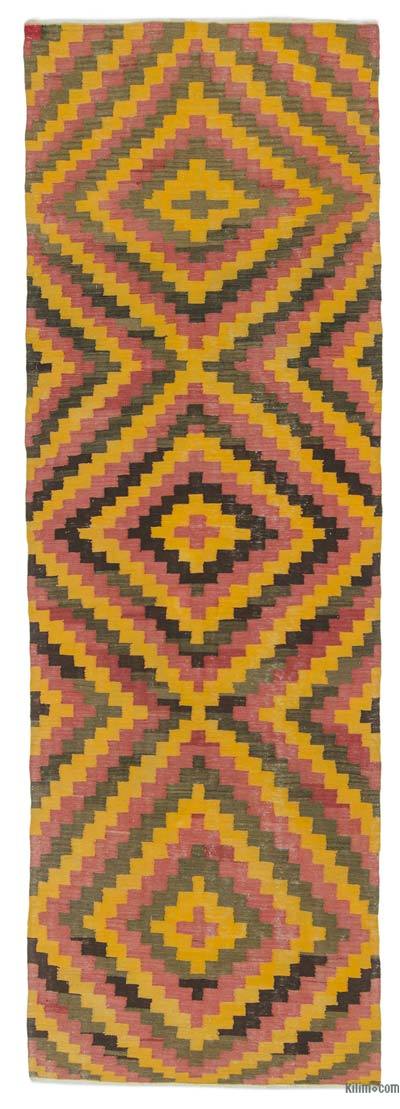

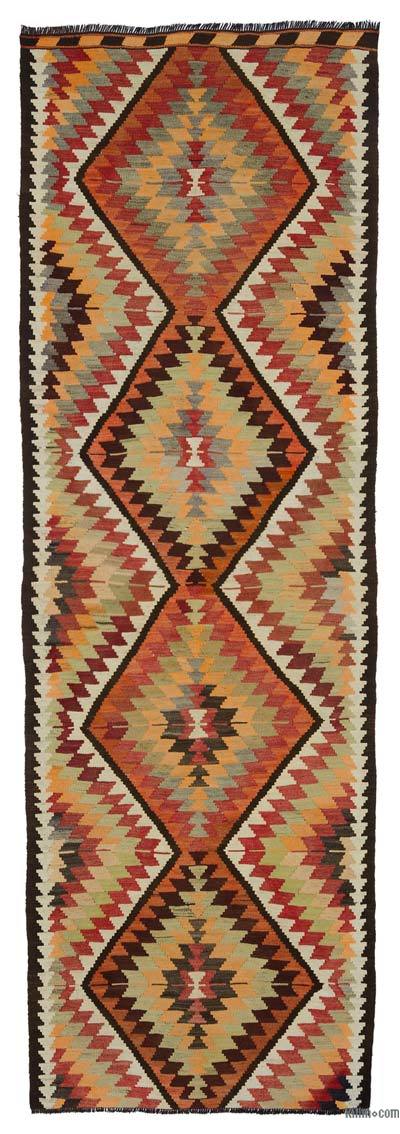




Great experience